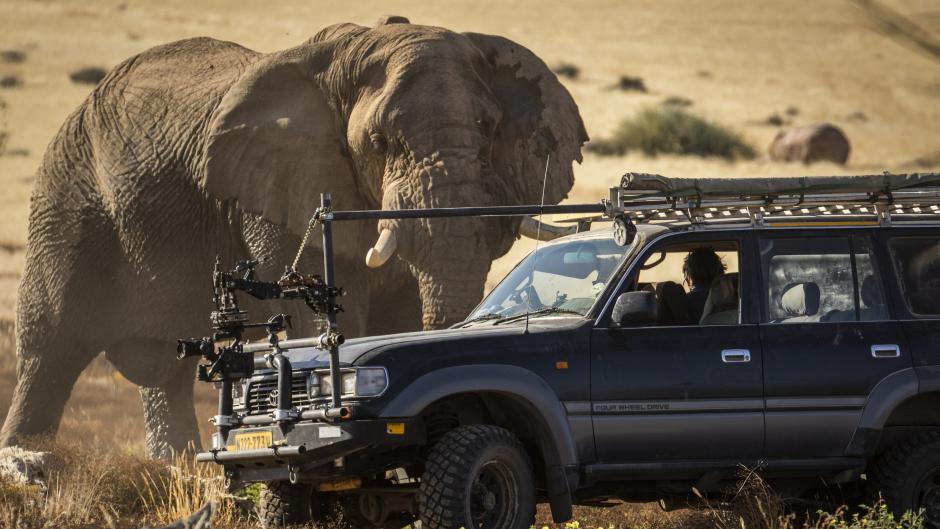By now, we might figure we know elephants – big guys, big noses, pleasantly ponderous lives.
But that’s just the start. “Secrets of the Elephants” — 9-11 p.m. Friday and Saturday (April 21-22) on the National Geographic Channel, then on Disney+ – shows that they, like us, vary by location.
“Forest elephants are particularly interesting,” Paula Kahumbu told the Television Critics Association, “because they’ve only recently been discovered as a different species.”
She searches for them in the third hour (9 p.m. Saturday), which falls on Earth Day, part of a cascade of nature shows during the weekend. But finding them isn’t easy.
“They’re very difficult to study,” Kahumbu said. “They live in deep, dark forests. They have been persecuted for hundreds, if not more, years. And they are very scared of human; they’re very dangerous as a result.”
That makes them the opposite of the desert creatures. “It’s incredible how relaxed those elephants were,” said Bob Poole, the films’ cinematographer.
They’re featured in the second hour (10 p.m. Friday, filmed in Namibia); the first (9 p.m. Friday) views Savanna elephants and the fourth (10 p.m. Saturday) visits Asia.
Most of the hours show people and elephants interacting. In Asia, an elephant deals as a sort of old-school highwayman: He stops a truck, eats a modest amount of food from the back and lets it pass.
“In Namibia, we worked with a man who was almost like he could call the elephants,” Kahumbu said. “It was incredible. He would stand in the desert, in those dry riverbeds, and the elephants would walk right up to us ….
“And in the Asian filming in Borneo, we were with a phenomenal woman who understood each individual elephant.”
Poole could get up close, recording emotional moments – a herd mourning its patriarch … a mother and baby re-united with the others … a herd helping a baby that had lost its trunk. The films show “the emotional range of amazing animals that I think people often overlook,” said Janet Han Vissering, who supervises wildlife shows for the National Geographic Channels.
But the rainforest elephants are more elusive. Even for an expert like Kahumbu – born and raised in Kenya, with college degrees in England and Florida, followed by a doctorate in Princeton and National Geographic’s “explorer of the year” award – this is new turf.
Only recently, she said, have they been recognized as a separate species, “three million years separated from savanna elephants.
They hide in thick rainforests and are prepared to attack. Finding them, she said, is difficult, dangerous and worth the effort. “They are unique, amazing, understudied, under pressure, phenomenal animals.”

Elephants, friendly and feisty, get an epic profile
By now, we might figure we know elephants – big guys, big noses, pleasantly ponderous lives.
But that’s just the start. “Secrets of the Elephants” — 9-11 p.m. Friday and Saturday (April 21-22) on the National Geographic Channel, then on Disney+ – shows that they, like us, vary by location.
“Forest elephants are particularly interesting,” Paula Kahumbu told the Television Critics Association, “because they’ve only recently been discovered as a different species.”
She searches for them in the third hour (9 p.m. Saturday), which falls on Earth Day, part of a cascade of nature shows during the weekend. But finding them isn’t easy. Read more…